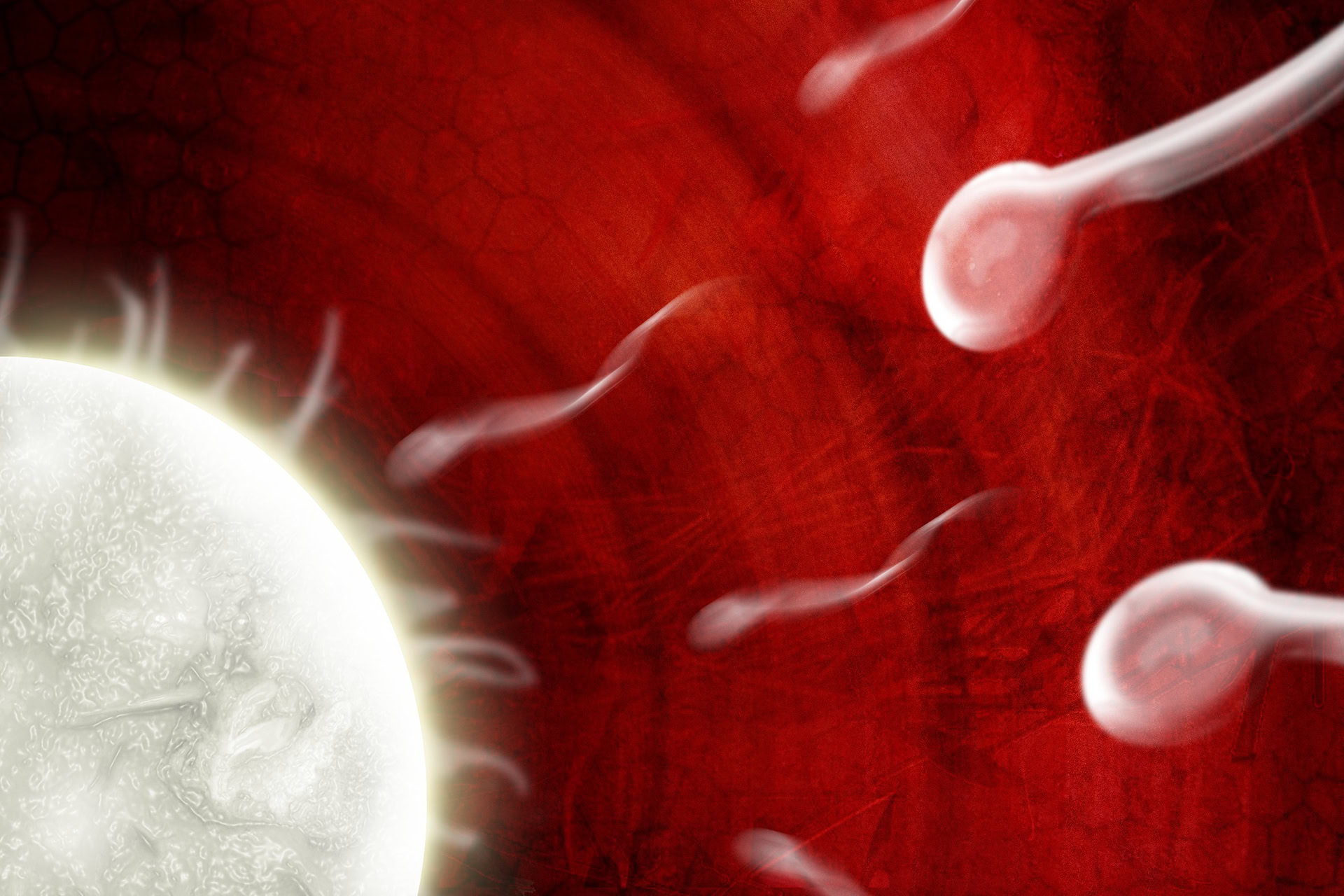Over the last couple of months, media reports in the field of bioethics have been dominated by headlines about an egg cell trade between the UK and Romania, as well of the speeding up of cloning projects in South Korea. What do these two developments - and others - have in common? It is the important question of the origins of the egg cells and the conditions of their 'harvesting'.
The demand for egg cells for use in both research and infertility treatments is high. Recently, even Ian Wilmut, the Scottish cloning researcher, had to admit that 400 human egg cells are not sufficient 'by far' to create good stem cell lines for his research into amyotrophic lateral sclerosis. The South Korean team of researchers met their need for fresh, high quality eggs by taking them from young women who were either part of their team or close to it. Although the newspapers were full of cloning researchers shouting for joy and even proposing to nominate the 'king of cloning' Hwang Woo-Suk for the Nobel prize, it was very remarkable that the question 'Where do the egg cells come from?' was not tackled in any of the published articles.
It is a matter of fact that there are too few eggs donated in Europe. For example, a woman in the UK could expect to wait up to seven years in order to receive a donor egg relying on the service in her own country. Ninety per cent of clinics cannot currently meet demand, and public appeals to altruism have so far not been effective. The harvesting of egg cells poses a high medical risk to the life and health of women, resulting, inter alia, from hyper-stimulation of the ovaries. And the promise of financial incentives could cause a woman, especially one who is in a state of economic need, to consider the sale of her ova, possibly resulting in unnecessary risks to her life and health.
Therefore, some of the reports on the BBC were particularly alarming. They uncovered the existence of a clinic in Romania specialising in the 'donation' of egg cells to European Union nationals, particularly UK citizens, in return for financial compensation. This co-operation was called the 'Bridge International Embryo Importation Programme'. At the same time, the UK's Human Fertilisation and Embryology Authority published a consultation paper considering a £1450 payment for egg 'donors' - a sum representing more than half a year's income for Romanian women.
It appears that the 'perfect' solution had been found - the possibility to meet the demand by trafficking egg cells from poorer countries to others in the European Union. This shameful new form of exploitation of women in poorer countries seems to be disguised by the euphemism of donating and is not even on the agenda of public debate. This trade turns human life into a marketable commodity. It is not only ethically doubtful, but it is contrary to human rights that women are only seen as 'suppliers of raw material'. The European Parliament has already underlined in a Directive, which sets standards of quality and safety to the donation of human tissues and cells - and which will come into force in April 2006 - that as a matter of principle tissue and cell application programmes should be founded on the philosophy of voluntary and unpaid donation.
With this in mind, the European Parliament took the initiative this spring to prevent the risk of ethical barriers being further eroded. Moral and human dignity risked being placed on an ethical slippery slope - and the European Parliament's resolution on the egg cell trade aims to stop human rights from slipping away.
Modern technological developments bring false promises and create misleading expectations. The consumer's freedom risks the delusion that everything is possible. The awareness of ethical boundaries is subsequently weakened. Therefore, the resolution of the European Parliament on 10 March this year was a milestone in the battle against the attacks on ethical barriers. Its aim is to stop this worrisome development. It states that 'the human body should not be the source of financial gain and that particular attention should be paid to vulnerable individuals at risk of becoming victims of trafficking, particularly women'. The resolution is an alarm call, aimed at bringing forth debate on this new form of exploitation of women to the wider public. It is hoped that the seminar on 'Human Egg Cell Trade' planned for 30 June in the European Parliament will be the starting point for this broader public debate (see recommends).
Currently we are facing a debate on the future of Europe. It is clear to political actors that the values and fundamental rights, which the EU stands up for, will play an important role. The debate on the 'Human Egg Cell Trade' will also be a litmus test on how seriously Europe takes itself and its values.






Leave a Reply
You must be logged in to post a comment.